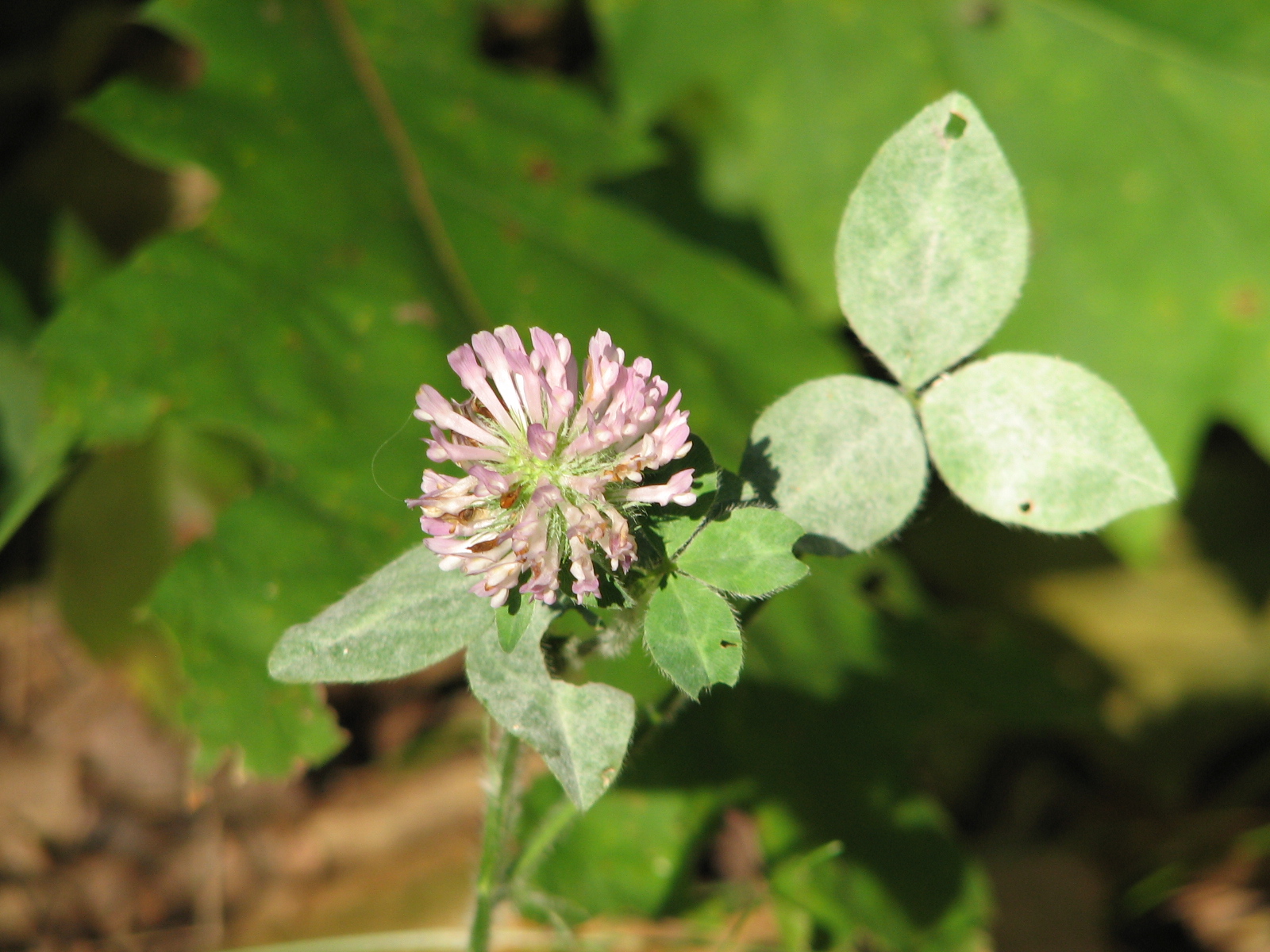Herb Library
| Earthnotes Herb Library |
| Back to Herb Menu Back to Index |
| DISCLAIMER: These pages are presented solely as a source of INFORMATION and ENTERTAINMENT and to provide stern warnings against use where appropriate. No claims are made for the efficacy of any herb nor for any historical herbal treatment. In no way can the information provided here take the place of the standard, legal, medical practice of any country. Additionally, some of these plants are extremely toxic and should be used only by licensed professionals who have the means to process them properly into appropriate pharmaceuticals. One final note: many plants were used for a wide range of illnesses in the past, but be aware that many of the historical uses have proven to be ineffective for the problems to which they were applied. |
| LEARNING TO RECOGNIZE HERB QUALITY |
|---|
|
You walk into a health store looking to purchase a supply of bulk herbs. As you gaze at the shelves of containers holding materials that could be anything from brown to dessicated green in color, you are immediately in a quandry. Here you see red clover on the left and white clover on the right. Note the lively color. These are fresh picked in their prime - and that's important. Clovers are in their prime as you see them in the photo and should be harvested during the first flush of blooms in early summer. Wait any later and mold develops.  Here you can clearly see the mold which has developed, appearing as a white film on the leaves.  Here are close ups of the clovers in their fresh state. And in their dried state.
After harvest they should be dried immediately. I use a dehydrator out of direct light. These blossoms are generally done after 16 to 24 hours, depending on weather conditions. A far cry from those masses of brown in the jars, the photos above show that the flowers have retained a good portion of their color. |